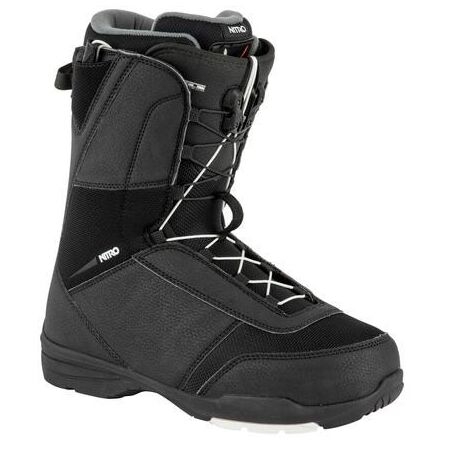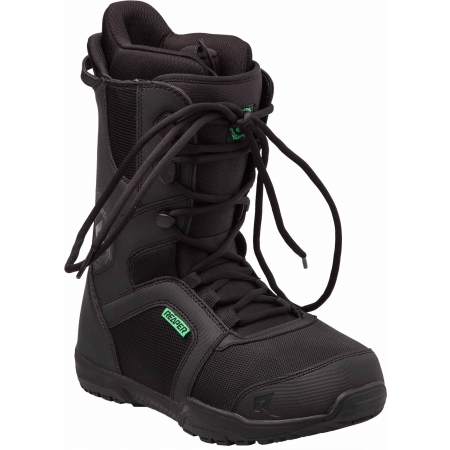Men's Snowboarding Boots
Sort by:
We Recommend
Sort by
8 Products
Why do you see this product first?
We rank it by the number of orders, it's rating, the seasons and other parameters. Find out more
 The Nitro VAGABOND TLS men's snowboard boots offer performance and comfort. They hold ...
NITRO
VAGABOND TLS
The Nitro VAGABOND TLS men's snowboard boots offer performance and comfort. They hold ...
NITRO
VAGABOND TLS
179,95 €
Login
To add to favorites you must be logged in.
 The Reaper RAZOR feature a simple lacing system. With a comfortable, removable liner.
Reaper
RAZOR
The Reaper RAZOR feature a simple lacing system. With a comfortable, removable liner.
Reaper
RAZOR
96,95 €
Login
To add to favorites you must be logged in.
224,95 €
Login
To add to favorites you must be logged in.
184,95 €
Login
To add to favorites you must be logged in.
159,95 €
Login
To add to favorites you must be logged in.
309,95 €
Login
To add to favorites you must be logged in.
214,95 €
Login
To add to favorites you must be logged in.
118,95 €
Login
To add to favorites you must be logged in.
Men's Snowboarding Boots
You may be interested in: Men's Boards | Men's Snowboarding Boots | Men's Snowboard Bindings
